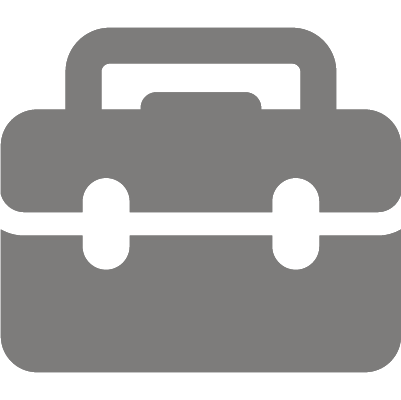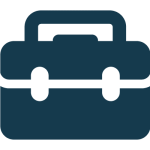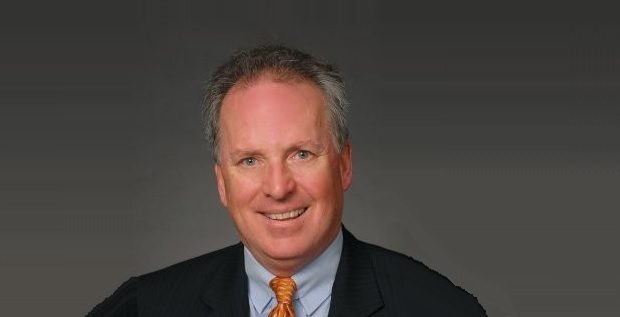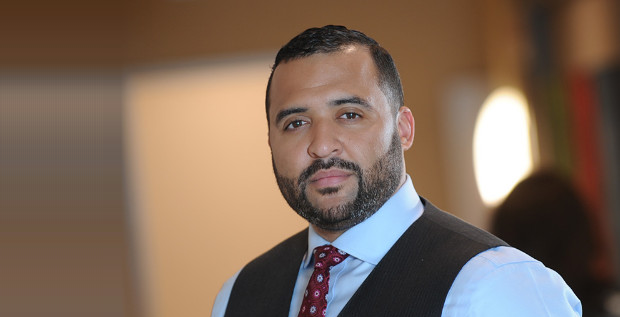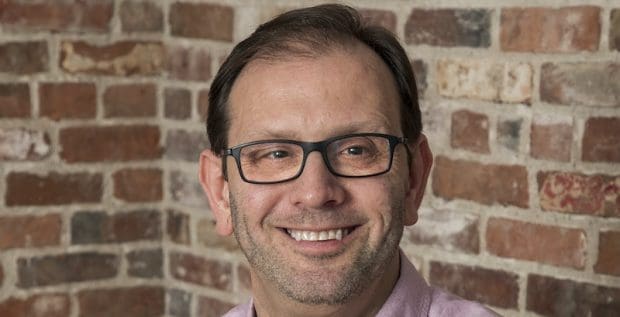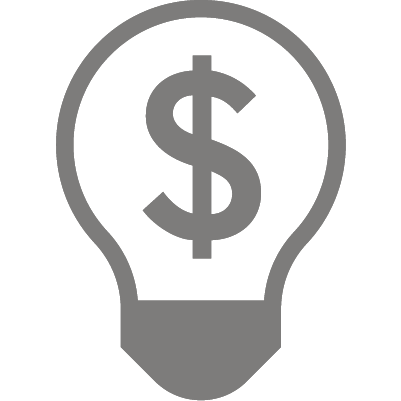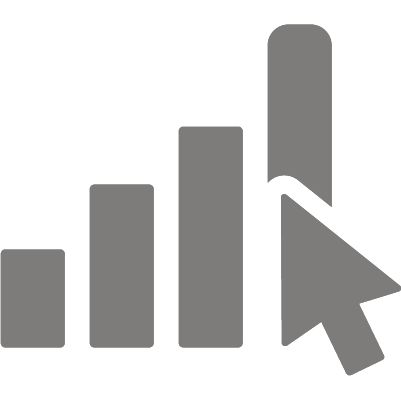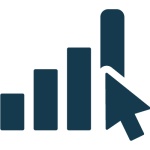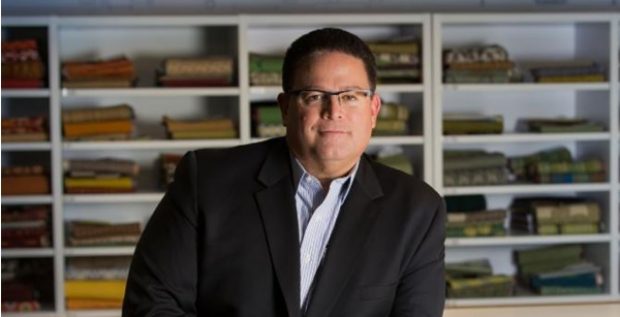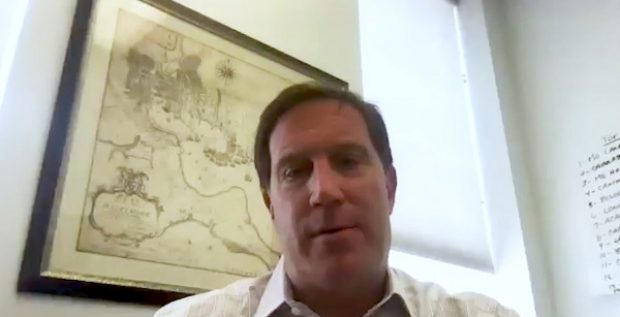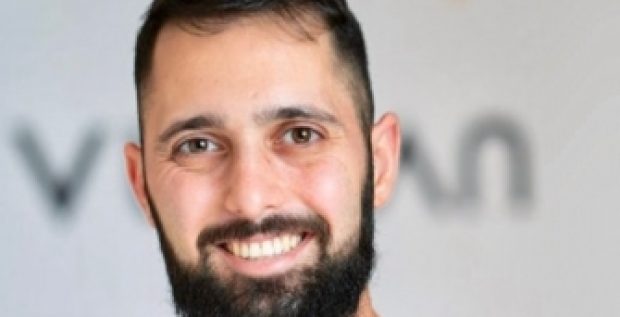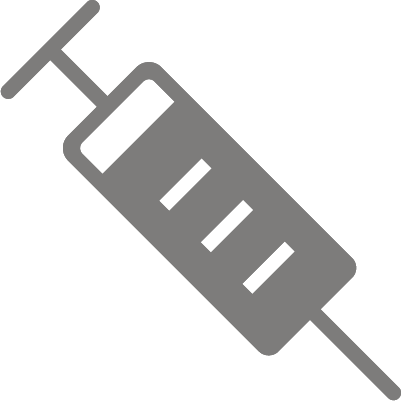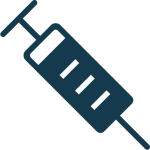By Henry Mortimer, Editor-at-Large
What if you woke up today feeling a little under the weather — what would you do to get some relief? Call your doctor and hope to get a same-day appointment? Head to an urgent care center or, worse, the ER and risk waiting for hours to see a clinician? Ignore your discomfort and stay in bed? None of these options seems ideal. But what if you could drive to a nearby supermarket, day or night, and use a self-serve kiosk that would take your vitals, diagnose your symptoms, and prescribe some medicine — all at the push of a button — and at a lower cost?
Charles Nahabedian, CEO and co-founder of VideoKall, Inc, says that vision of an unmanned clinic may soon become a reality for the more than 350 million patients who seek outpatient or tele-heath treatment each year. In fact, with its small footprint and automation simplicity, he predicts his company’s invention, the Unmanned Micro Clinic (UMC), is set to disrupt the retail clinic market.
“We believe that we can deliver our services, which are similar to those provided by a mini-clinic, for roughly half the cost,” says Nahabedian, who has over 40 years in the telecommunications industry with small and Fortune 100 companies. With access to a UMC in their community, he adds, “like a Redbox, wherever you shop, travel, work or live, [patients] can get checked out regularly, early, at a low cost, and be in better health.”
Each UMC “cabin,” roughly the size of an office cubicle, connects a patient with a nurse practitioner (NP) at a hospital-based call center, who uses robotics to control the instruments and can conduct virtual medical examinations of patients over a private, broadband audio-video link. The cabins and contents are automatically sanitized before and after each patient visit.
Depending on the patient, the NPs typically dispense medical advice, prescriptions, and referrals to local labs, physicians, hospitals and specialists — covering as much as 50% of outpatient needs without need for a physician visit. And those savings are the secret to the UMC’s success, says Nahabedian, whose many accomplishments include helping to create the first interactive touch-screen kiosks for Disney’s EPCOT theme park.
“We determined that we couldn’t drive the cost down for point-of-service care unless we eliminated the labor,” he says, adding that even a 33% usage rate would save the healthcare system $8.2 billion annually. “This is an opportunity to save costs, provide better service, and improve customer satisfaction.”
Nahabedian credits his firm’s early success in part due to the resources he found as a member of the Chesapeake Regional Tech Council, now the Maryland Tech Council, which he joined when he moved to the state in 2011.
“They have the capacity to understand what we’re doing, and have the contacts and members that might be able to assist,” says Nahabedian. “That has been a valuable resource for a healthcare IT company, to get to know potential partners and make contacts in the local area, which are important for a new transplant in Maryland.”
Connect with Charles on LinkedIn
